New technology is changing the world of architecture. This exciting field, called architectural technology, is like a bridge between designing and building things. It uses all sorts of cool tools and tricks to make buildings better. Think stronger materials, amazing computer programs, and ways to save energy. With architectural technology, architects, engineers, and builders can create buildings that are both beautiful and eco-friendly. In this blog post, we'll take a deep dive into architectural technology. We'll explore how it started, what's hot right now, and where it's going in the future.
What is Architectural Technology?
Architectural Technology is a creative and innovative field that combines architecture, science, technology, and engineering.
It connects ideas and innovation to make real buildings and structures. It focuses on the technology, how easy it is to build something, how well it works, and how it performs. This includes thinking about the materials, new ways of doing things, how things are made, and being environmentally friendly. It also follows rules and laws.
Architectural Technology affects many areas like technology, environment, society, money, culture, and politics in both cities and nature. It makes sure buildings and structures work well and are made for everyone. The designs think about safety, health, ethics, and how people feel in the building or space.
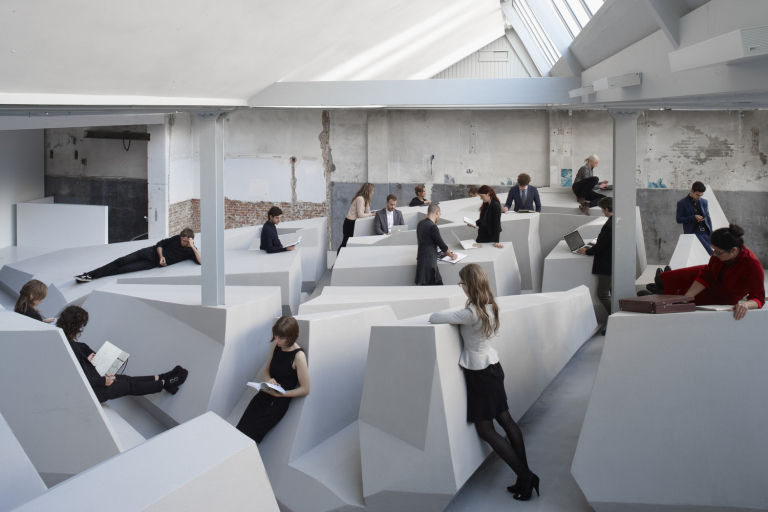
Typical Examples of Architectural Technology
Now that you understand what the term means, let's look at some examples of architectural technology:
Building Information Technology (BIM)
Let's start by talking about a technology called BIM, which is a crucial part of architecture. BIM stands for Building Information Modeling, and it's all about creating and managing digital plans of buildings or places. Many people, businesses, and government agencies use BIM for city planning and other projects.
One great thing about BIM is that it lets people work together on plans at the same time. It's useful for everything from designing buildings to making sure they work well and are safe. BIM isn't just for buildings; it's also used for things like roads, water, electricity, and more. Here are some important parts of BIM:
Computer-aided Design (CAD)
Computer-Aided Design (CAD), also known as CADD (Computer-Aided Design and Drafting), involves using computers or workstations to assist in creating, modifying, analyzing, and optimizing designs.
Additionally, by utilizing professional CAD drafting services, architects can ensure that their designs are translated into precise and detailed digital drawings, further enhancing the quality and accuracy of their projects.
Furthermore, CAD can suggest changes in materials, building methods, and modifications that align with building codes and specifications. It also improves documentation by making it more comprehensive, easier to store, and better protected. Moreover, CAD designs can be directly used for machining and other manufacturing processes. Designers can also combine CAD with other technologies like electronic design automation (EDA), mechanical design automation (MDA), and computational geometry for more advanced applications.
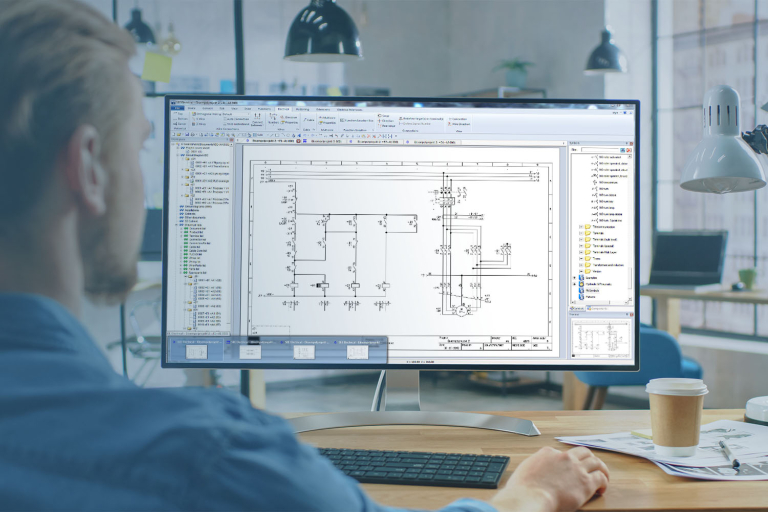
3D Modeling
3D modeling means making a 3D picture of an object or surface. We do this with computer software and a special part called a GPU. You can make 3D models by hand, by scanning real objects, or by using special math rules called Boolean operators, which is called procedural modeling.
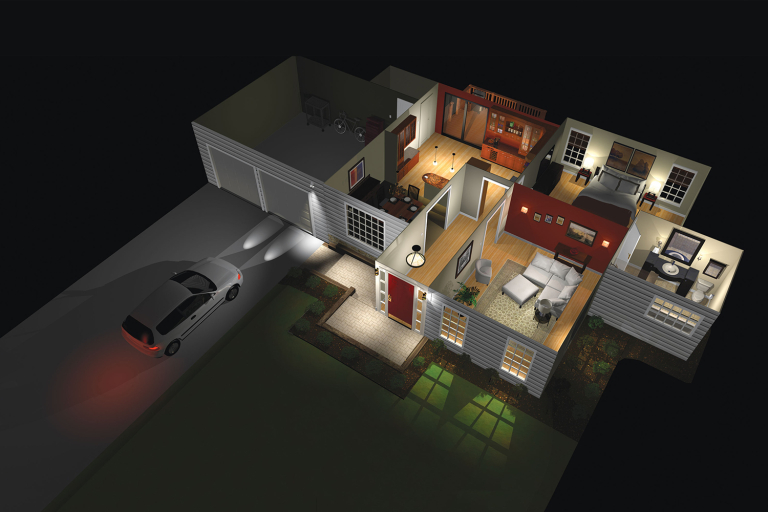
3D Printing
The most popular 3D printing method nowadays is called Fused Deposition Modeling (FDM). It uses a special kind of plastic as its material. FDM is great for making prototypes or parts of big things that work and look real. But 3D printing is changing and starting to be used for making things in factories. This is because it can make shapes that are too tricky to make by hand.
For example, it can make things stronger or lighter by using empty spaces or special patterns inside. Also, with the help of smart computer programs, 3D printers can copy nature's designs and create things that work like natural stuff.
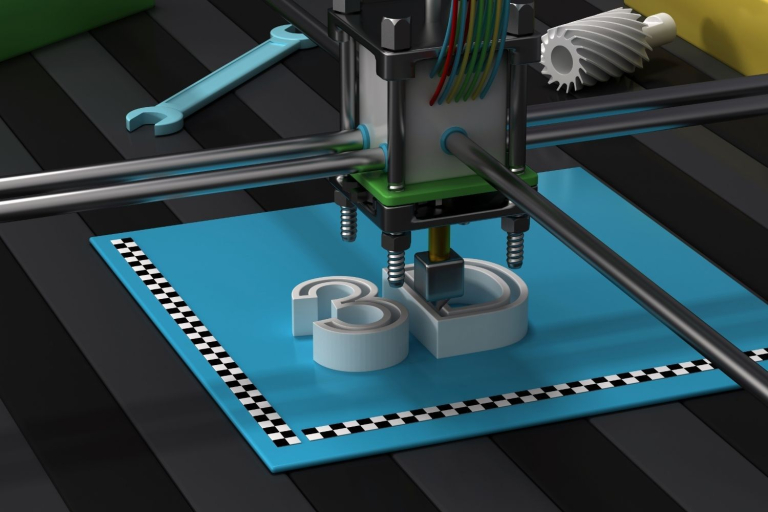
Virtual Reality
VR (Virtual Reality) headsets, especially when combined with BIM virtual reality, make things easier and cheaper by showing a pretend world in front of your eyes. They help designers work together on buildings and stop the need for making real models. Plus, they get rid of mistakes that have been a problem in architecture for a very long time.
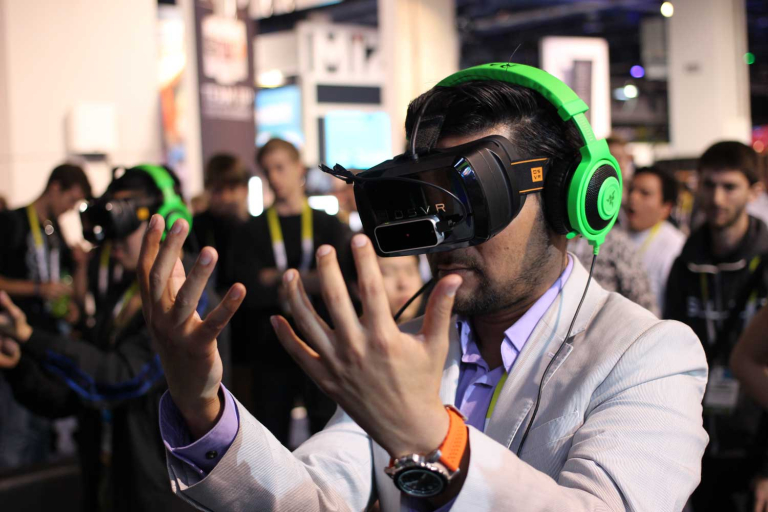
Augmented Reality and Holograms
Augmented Reality is like Virtual Reality but different. It doesn't create a whole new world; instead, it adds computer-made things to the real world. For example, scientists found a way to make you feel like you're touching a 3D thing that isn't really there. This tech, along with 3D texturing, can change architecture a lot.
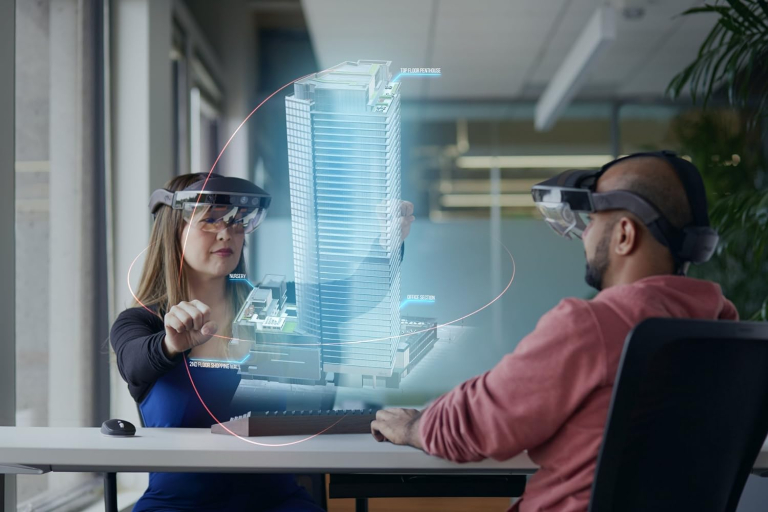
Smart Buildings
We talked about smart homes and buildings earlier when we talked about technology making us lazy. But there's a good side to it too. Smart home tech is connected to the Internet of Things (IoT) and can help us make buildings that are better for the environment. It can make buildings that are cheaper, comfier, use less energy, and are better for the planet when we plan and build them.
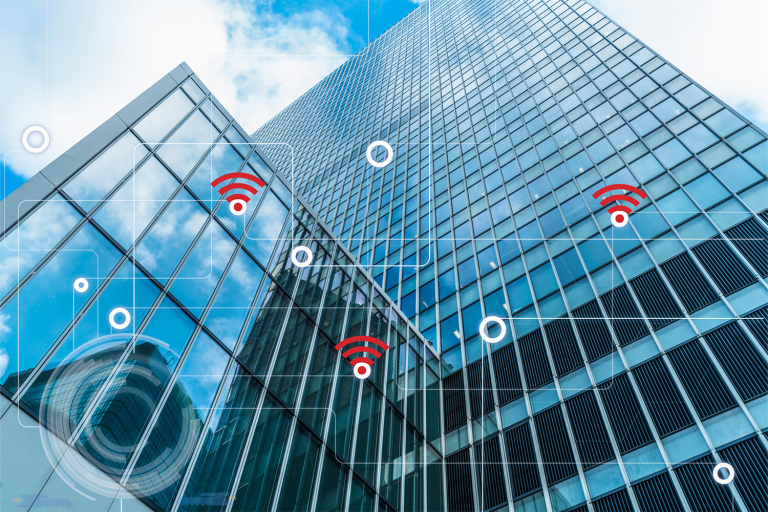
Application of Architectural Technology
There are a few ways we use technology in architecture:
Simulation: We use computers and software like BIM, CAD, 3D BIM modeling, VR, and AR to pretend and test how buildings will work. This helps us save time, money, and even lives. Computers can make fake versions of buildings and see how things like layout, landscaping, lighting, and even weather will affect them. This helps engineers and architects find problems and make buildings stronger and safer.
Prefabrication: Prefabrication means making parts of a building somewhere else and then putting them together at the building site. It's like building with LEGO pieces. This makes building faster and cheaper. It also helps make buildings better because it follows good methods and rules. It reduces waste, saves money on labor, and makes buildings that are more consistent and better for the environment.
3D Printing Buildings: Some companies, like Apis Cor in San Francisco, can make whole houses in just one day using giant 3D printers. They spend about $10,000 and use special concrete that can last 175 years. They only need to add things like windows, plumbing, and electricity by hand, but soon robots might do that too.
Harmony AT - Smart Choice For Modern Architectural Technology
Are you ready to revolutionize your architectural projects? Look no further! Harmony Advanced Technologies is here to bring your visions to life through cutting-edge BIM/CIM modeling.
🌟 What Sets Us Apart:
✅ Experience Matters: With over two decades of serving global clients, including Germany, Japan, and more, we've mastered the art of BIM/CIM modeling.
✅ Skilled Consultants: Our experienced BIM/CIM consultants utilize state-of-the-art software to craft precise and detailed models tailored to your project's needs.
✅ Data-Driven Decisions: Our digitized models contain essential information about architectural, structural, MEP, and facade building components, including geometry and material estimates. This data minimizes errors, enhances communication, and empowers your business to make informed decisions.
Ready to take your architectural designs to the next level? Contact us here for a brighter, error-free future!
Categories





